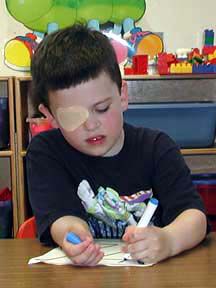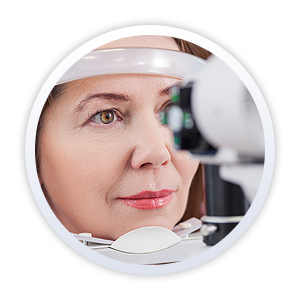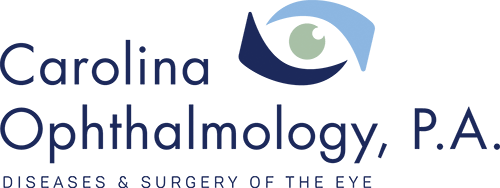Is lazy eye (amblyopia) and crossed eyes (strabismus) the same?
These terms are often confused but they are not the same. Strabismus occurs when the eyes are not aligned and working together to focus on an object. This can prevent normal vision from developing in children. Strabismus can lead to amblyopia, poor vision as a result of the brain ignoring one or both eyes.
What causes strabismus?
Strabismus can be caused by eye muscles that are imbalanced and unable to keep the eyes aligned. It can also be caused by focusing problems such as farsightedness. These focusing problems cause the eye to turn in when trying to focus. In adults, strabismus can also be caused by stroke, diabetes, poorly controlled hypertension and brain injury or tumors.
How do you treat strabismus?
The treatment for strabismus centers on correcting the problem that is making an eye turn. If amblyopia is present as well, a separate treatment regimen may be required for this disorder. One option to treat strabismus may be prescription eyeglasses to assist in focusing power. In other cases, surgery be required to properly align the eyes and treat strabismus. Your doctor will recommend the best option for successful treatment.
What causes amblyopia?
Amblyopia is generally caused by poor vision in one eye resulting in the brain ignoring the signals from this eye. This poor vision can be a result of blockage in the eye due to cataract, trauma, lid droop, etc., or it could be a result of different focusing powers in each eye. Amblyopia is also caused by strabismus. The brain essentially ignores the eye that is misaligned.
How do you treat amblyopia?
 The treatment for amblyopia usually involves getting the brain to accept the pictures being sent by the affected eye. This is often done through patching the eye that is being used, thereby forcing the brain to accept the eye it has previously ignored. An alternative to patching is medicated eye drops which cause the “good eye” to blur, thus achieving the same goal as patching. The brain is once again forced to work with the eye it had previously ignored. Eyeglasses, when appropriate, may be used to accomplish similar goals by blurring the vision in the eye being used or by correcting a focusing problem. Treatment for amblyopia is most effective when it is caught in early childhood; however, treatment after the age of 17 has shown success. Treatment can take weeks or months and requires patience and commitment to following the doctor’s guidelines.
The treatment for amblyopia usually involves getting the brain to accept the pictures being sent by the affected eye. This is often done through patching the eye that is being used, thereby forcing the brain to accept the eye it has previously ignored. An alternative to patching is medicated eye drops which cause the “good eye” to blur, thus achieving the same goal as patching. The brain is once again forced to work with the eye it had previously ignored. Eyeglasses, when appropriate, may be used to accomplish similar goals by blurring the vision in the eye being used or by correcting a focusing problem. Treatment for amblyopia is most effective when it is caught in early childhood; however, treatment after the age of 17 has shown success. Treatment can take weeks or months and requires patience and commitment to following the doctor’s guidelines.





